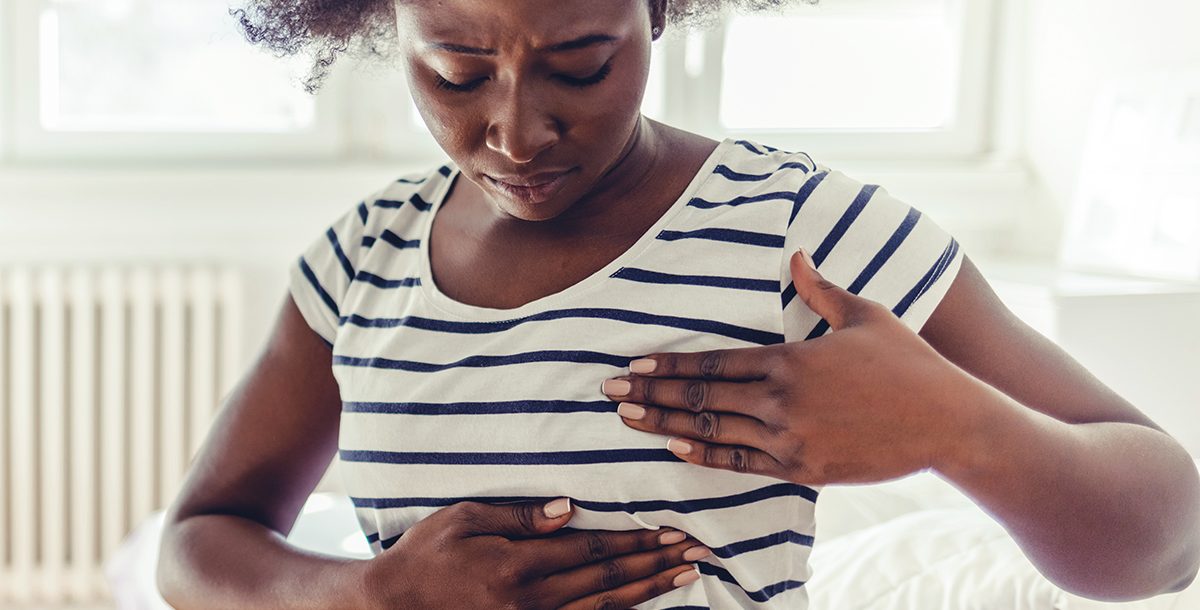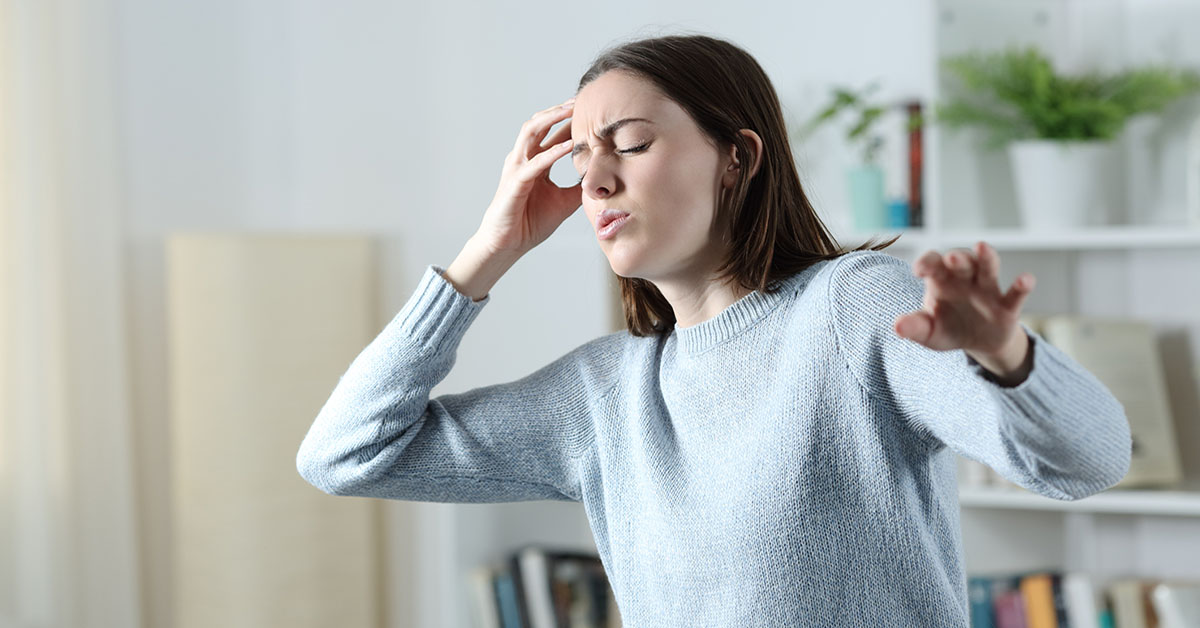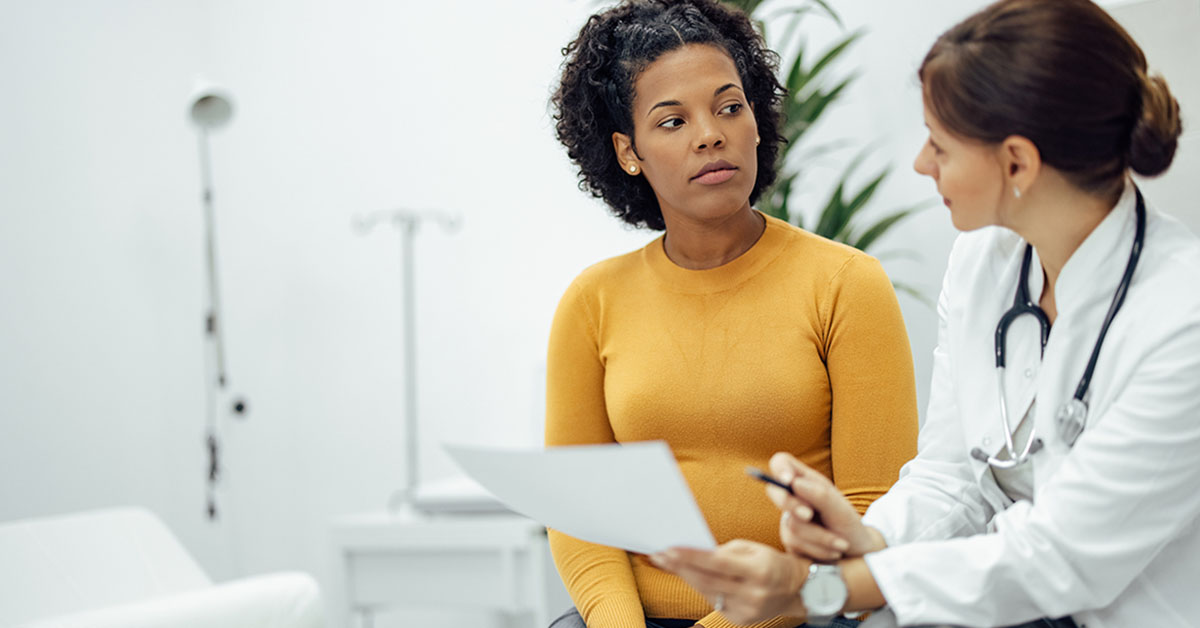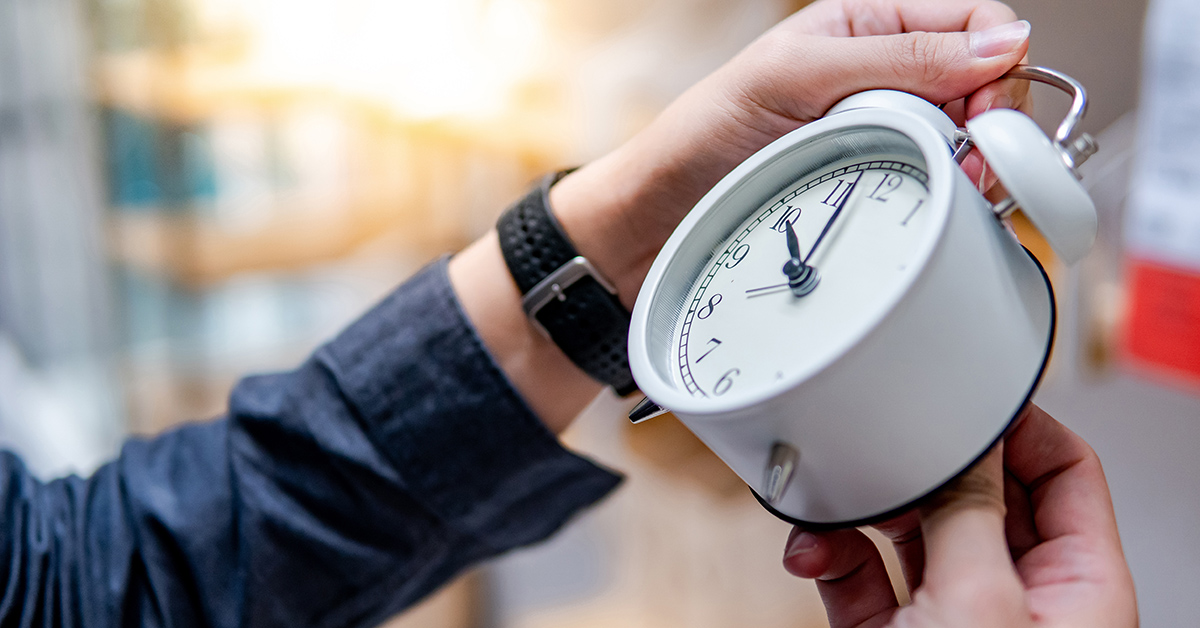The earlier you catch breast cancer, the more treatable it is. The long-term survival rate is 99 percent when you detect it before it spreads.
Understanding how to recognize early breast cancer symptoms is only one piece of the puzzle. Many people don’t experience any symptoms or noticeable changes. That’s why preventive breast cancer screenings like self-exams and mammograms are essential.
What is breast cancer?
Breast cancer forms in the tissues, glands and ducts of the breast. It begins when cells in the breast start growing uncontrollably in one or both of your breasts. It’s among the most common cancers affecting women, but a small percentage of men also get diagnosed every year. Breast cancer may start in areas like:
- Lobules: Glands that produce breast milk
- Ducts: Canals that connect lobules to the nipple
- Nipples: Openings in the skin of the breast surrounded by the darker skin of the areola
- Fatty tissue: Tissue surrounding the lobules and ducts
- Blood and lymph vessels: Vessels that circulate blood and other fluids
How common is breast cancer?
More than 300,000 American women are expected to be diagnosed in 2022. While there are millions of survivors, an average of nearly 20,000 women died each year from breast cancer between 2015 and 2019, and more than 43,000 women are expected to die from the disease in 2022. It’s more common in women older than 45, but it can happen in younger women as well.
Breast cancer symptoms: What does breast cancer feel like?
Identifying early breast cancer symptoms can be tricky because many people have no signs of the disease. People who do develop signs and symptoms report various changes in one or both breasts, although the type of breast cancer can determine what symptoms you experience, if any at all. Common symptoms include:
- A new lump or hard mass
- Swelling in the breast
- Flaky, red or thickened skin on the breast or nipple
- Discharge from the nipple
- Swelling under the arms or near your collarbone
- Breast dimpling
What are some of the first signs of breast cancer?
Lumps are among the leading signs, although not all lumps are cancerous. Other early breast cancer symptoms may include:
- Indented areas on the breast caused by a tumor you don’t know about
- Changes in the size or temperature of the breast
- Breast pain or tenderness in one or both breasts
What does breast cancer look like?
Breast cancer can cause physical changes, but not always. Dimpling or inversion of the nipple, swelling and skin redness are some of the visuals you might see. Pitted skin that looks similar to an orange peel, swelling in armpits and peeling or flaking of the skin around the nipple may also be red flags.
What is a breast cancer rash?
One of the first signs of inflammatory breast cancer is a rash. This aggressive type of cancer grows in the lymph vessels and skin, causing breasts to swell and develop clusters that look like insect bites. The skin may feel warm and itchy, and swollen spots may develop in the lymph nodes under the arms or near the collarbone.
Does breast cancer hurt?
When to worry about breast pain is a common question, but many people with the disease don’t experience pain. Lumps often don’t hurt or produce discomfort, but it’s possible to feel a prickly feeling, breast pain and increased tenderness.
How to check for breast cancer
Early detection is essential in the fight to prevent breast cancer deaths. While the American Cancer Society no longer recommends routine breast self-exams, checking your breasts a minimum of once every month can help you get familiar with what’s normal for your body and spot breast cancer symptoms more readily. To perform a self-exam:
- Stand or lie down and visually inspect your breasts.
- Start with your arms at your sides before raising them.
- Then, raise one hand behind your head and feel the breast on that side from your armpit to your nipple.
- Press with varying amounts of pressure to feel for hardened areas or lumps.
- Repeat on the other side. Doing a self-exam in front of a mirror allows you to look for visual changes, like breast dimpling.
Cancer that hasn’t spread and is still small is far easier to treat than more advanced cancer. That’s why doctors and organizations routinely recommend routine screening for women aged 40 and older. Some women may start at a younger age depending on risk factors. Mammograms let doctors visualize inside the breast tissue using a specialized X-ray machine.
You’ve noticed early breast cancer symptoms – what now?
The only way to know for sure is to see your doctor. If you notice any changes, your doctor will perform an exam and may also order tests like a biopsy. During this test, the doctor removes a portion of material in the suspicious area to check under a microscope.
Needing a biopsy doesn’t mean you have cancer. Lumps can have other causes, too. Biopsies do help provide more definite answers about what’s going on.
Work with your doctors at the first sign of breast cancer
If you feel a new breast lump, experience sore breasts or notice changes, get in touch with your primary care physician or a cancer care specialist as soon as possible to get checked. Even if you recently had a mammogram or a doctor’s appointment, having any changes evaluated is a critical step in early detection and may reduce your risk of delayed diagnosis and treatment.
Learn about the cancer care services we offer at Bon Secours.





